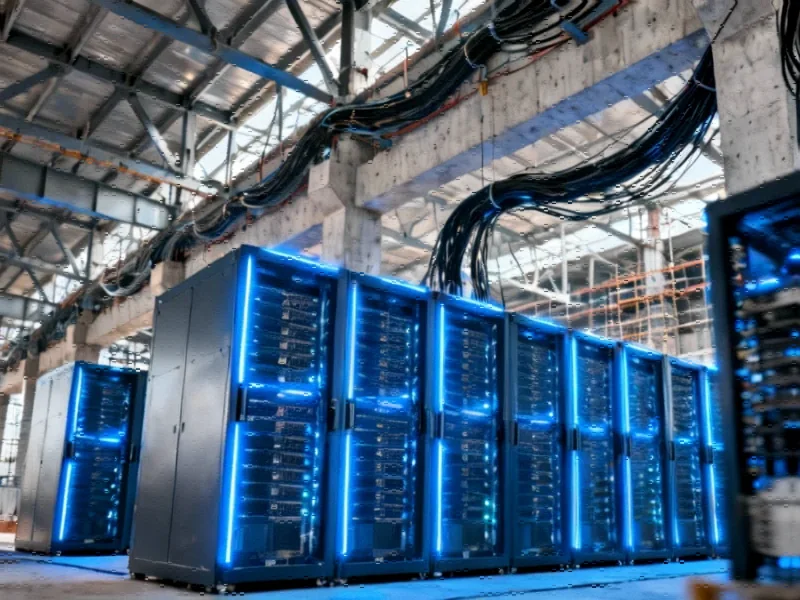Windows 10 Sunset: A Security Wake-Up Call for Small Businesses
Microsoft’s announcement that Windows 10 will cease receiving security updates after October 14, 2025, represents more than just a routine technology refresh—it’s a fundamental security imperative for small businesses. The absence of ongoing security patches creates vulnerabilities that cybercriminals actively exploit through automated bots scanning for outdated systems. While upgrading operating systems requires investment, the cost pales in comparison to potential data breaches, ransomware attacks, or network compromises. This transition period offers businesses adequate time to plan their migration strategy while considering broader key tech developments impacting small businesses across multiple sectors.
Google’s Scheduling Revolution: AI Meets Productivity
Google’s introduction of “Help me schedule” in Gmail represents a significant leap in AI-powered productivity tools. By integrating Gemini AI with Calendar, the feature eliminates the back-and-forth typically associated with meeting coordination. The system’s ability to analyze email context, check availability, and automatically schedule appointments demonstrates how artificial intelligence is moving beyond novelty to become genuinely useful in daily operations. This development aligns with broader industry developments focused on enhancing remote collaboration and efficiency.
Xero’s Strategic Acquisition: Automating Financial Workflows
Xero’s acquisition of Melio Limited signals a major shift in accounting software strategy, moving toward integrated accounts payable automation. For small businesses, this means reduced manual data entry, improved accuracy in invoice processing, and streamlined payment workflows. The trend toward embedding specialized functionality within broader platforms reflects how software providers are responding to small businesses’ desire for consolidated solutions rather than managing multiple standalone applications. This consolidation mirrors market trends toward comprehensive business platforms that reduce integration complexity.
Crypto Goes Mainstream: The Samsung-Coinbase Partnership
The integration of Coinbase One into Samsung Wallet represents a pivotal moment for cryptocurrency adoption. By embedding crypto management within familiar financial ecosystems, this partnership lowers barriers to entry for both businesses and consumers. The offering of free trials and incentives to millions of Galaxy users demonstrates a strategic push to normalize digital currency usage. Small businesses should monitor this development closely, as customer payment preferences continue evolving toward digital alternatives. These related innovations in financial technology warrant attention from forward-thinking business owners.
Restaurant Robotics: Transforming Food Service Economics
The deployment of Aniai’s Alpha Grill at TFS Burger Works illustrates how robotics are revolutionizing labor-intensive industries. The 70% reduction in cook times combined with significant labor cost savings demonstrates the tangible ROI automation can deliver. Beyond efficiency gains, the system’s consistency in food safety and quality control addresses critical challenges in the food service sector. This implementation reflects broader recent technology adoption patterns across multiple industries facing labor shortages and quality consistency challenges.
The Bigger Picture: Strategic Technology Integration
These developments collectively highlight how small businesses must view technology not as isolated tools but as interconnected systems. The security implications of outdated software, the productivity gains from AI integration, the efficiency of automated financial processes, the emergence of new payment methods, and the transformative potential of robotics all contribute to a comprehensive technology strategy. Business owners should consider how these elements work together to create competitive advantages while navigating the evolving market trends shaping their industries.
Looking Forward: The common thread connecting these developments is the increasing accessibility of enterprise-level technology to small businesses. What was once available only to large corporations with substantial IT budgets is now within reach of smaller operations. The challenge for business owners lies in strategically selecting which technologies align with their specific operational needs and growth objectives while maintaining security and operational continuity.
This article aggregates information from publicly available sources. All trademarks and copyrights belong to their respective owners.
Note: Featured image is for illustrative purposes only and does not represent any specific product, service, or entity mentioned in this article.



